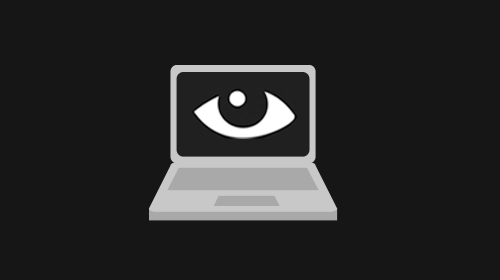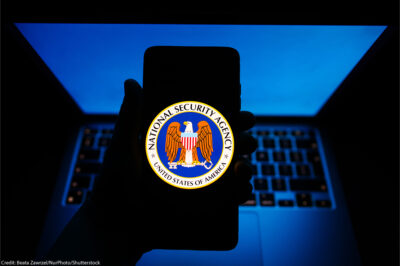Facebook, Twitter and DHS: Which One of These Things is Not Like the Others?


It’s tricky monitoring public information online, especially if you’re the Department of Homeland Security (DHS). Having the government turn a blind eye to information that anyone can read seems strange, yet the practice raises significant questions. Apparently the House Homeland Security Committee feels the same way — that’s why it’s holding a hearing tomorrow on the Department of Homeland Security’s monitoring of social networking sites like Facebook and Twitter.
Here are some questions the committee should ask:
Does it work? A report by the National Academies Press on data mining and behavioral surveillance technologies found this kind of monitoring to be ineffective as a tool against terrorism. They explain that the amount of publicly available data is massive, leaving analysts searching for a “needle in the haystack.” And they say that if terrorists were to communicate online they wouldn’t do so blatantly and on publicly available platforms, but rather via encryption, code words and false identities.
The report concluded that “automated identification of terrorists through data mining (or any other known methodology) is neither feasible as an objective nor desirable as a goal of technology development efforts.”
What else is it being used for? When programs are ineffective for their stated purpose, agents often cast around for other ways to justify them. For example, a recent FOIA request revealed a DHS analyst handbook, which boasted that “capturing public reaction” was a good example of monitoring social networks for public sentiment about the possible transfer of Guantanamo detainees. Gathering public relations information for the federal government hardly seems like a good use of Homeland Security money.
Worse, these kind of programs sometimes result in law enforcement spying on First Amendment-protected activities. While DHS insists it is not collecting personally identifiable information (PII) or focusing on certain groups, it cannot protect against abuses like we have seen in the past. In 2009, the DHS Federal Protective Service collected and disseminated posts from an online activist message board about peaceful protests planned at an Armed Forces Recruitment Center in Maryland.
Another investigation found that in 2009 the FBI launched a program to monitor veteran groups for signs of “radicalization.” The program — dubbed Vigilante Eagle — was created to “share information regarding Iraqi and Afghanistan war veterans whose involvement in white supremacy and/or militia sovereign citizen extremist groups poses a domestic terrorism threat.” Hundreds of similar examples of law enforcement monitoring peaceful protest can be found on our Spy Files site.
Who is doing the actual monitoring? To help in this effort, DHS has hired a private company called General Dynamics. The company’s contract says it will provide media and social media monitoring support on a “24/7/365 basis” and requires daily, weekly and monthly reports. This is an $11.3 million contract; if General Dynamics hasn’t found anything concrete to put in these reports, it could feel pressure to come up with something to justify it and there’s a good chance that innocent groups will be packaged and sent to law enforcement for evaluation.
DHS should use proven and effective tactics to battle the real threats this country faces. It doesn’t seem like having defense contractors read Twitter feeds is one of those tactics. Until DHS can demonstrate otherwise, it should stop endangering Americans’ privacy and monitoring First Amendment-protected activity.
Learn more about surveillance: Sign up for breaking news alerts, follow us on Twitter, and like us on Facebook.


